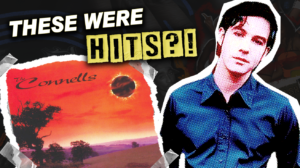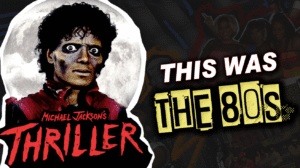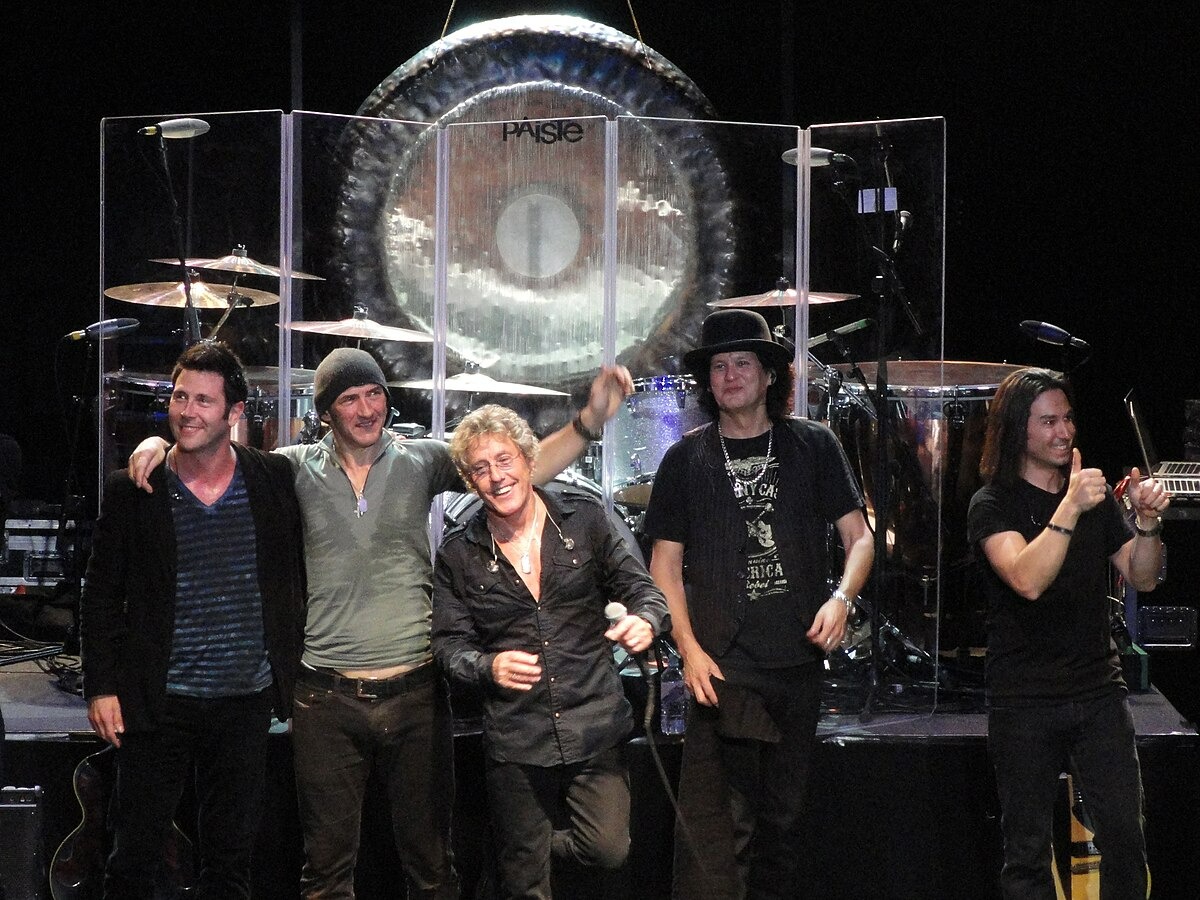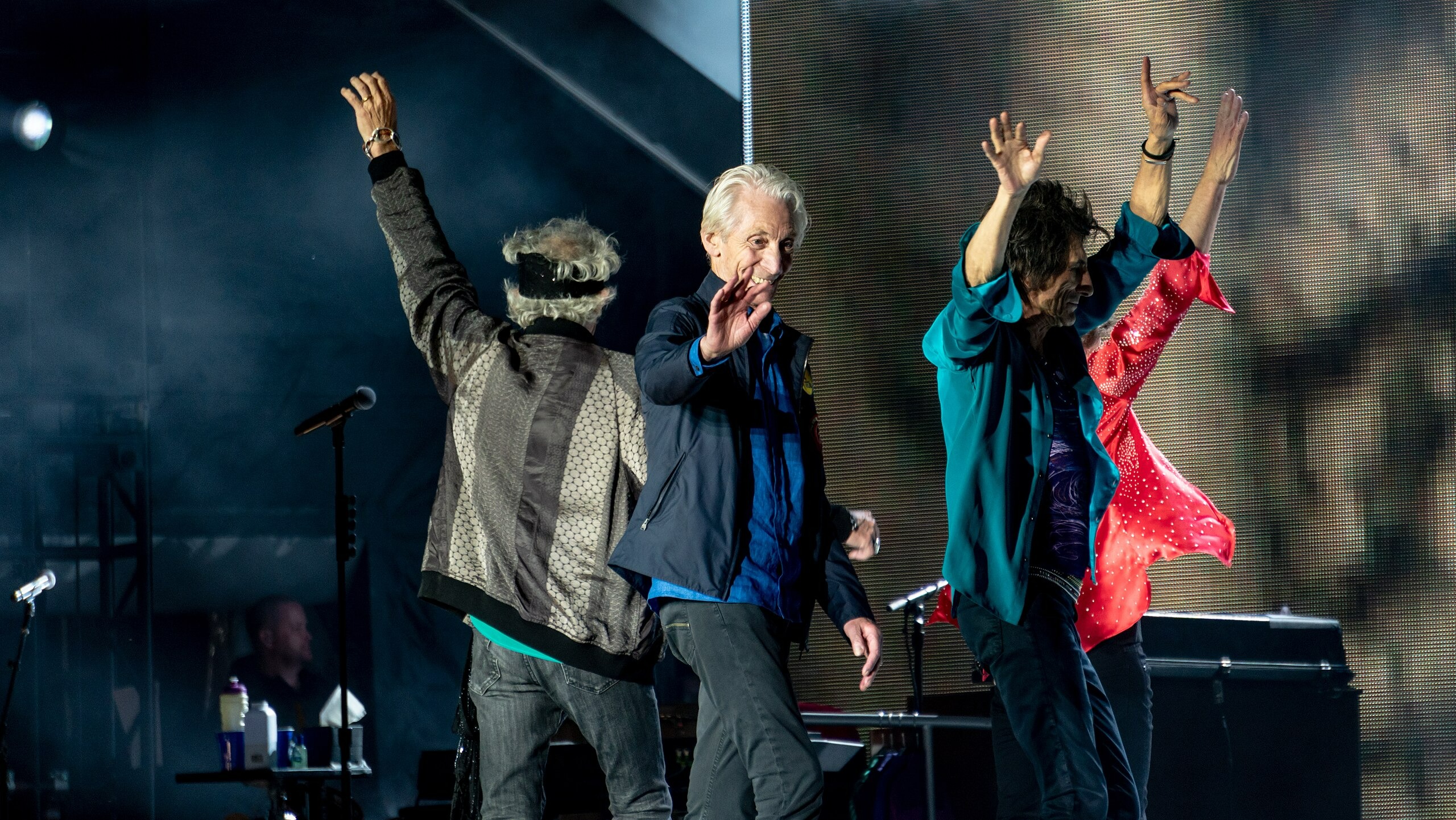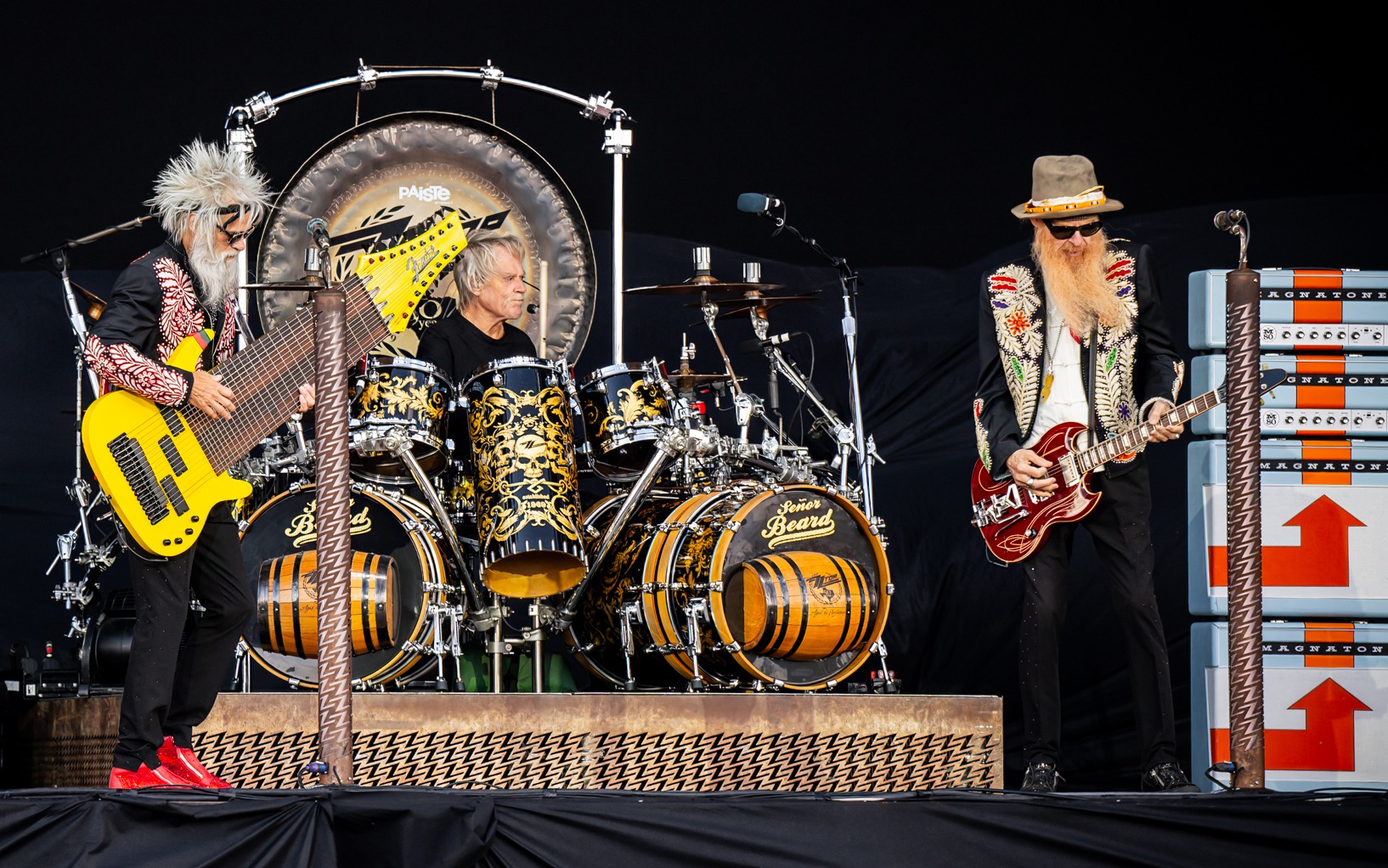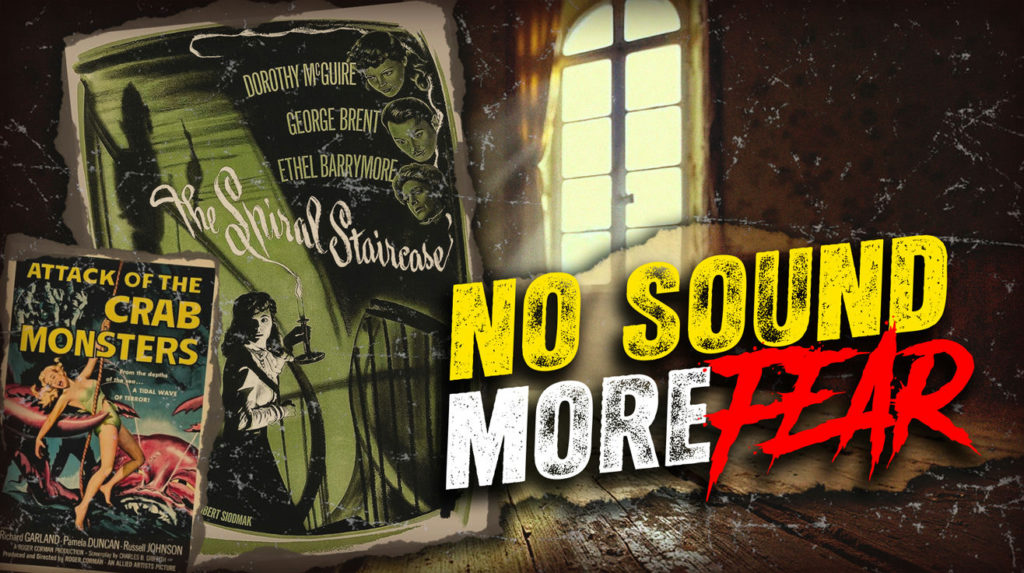
Horror’s most crucial evolutionary period doesn’t get nearly enough respect. Between Universal’s monster movie empire and Hitchcock’s game-changing “Psycho,” a generation of filmmakers quietly revolutionized how terror sounds on screen. Think about how Hans Zimmer’s deafening silence in “A Quiet Place” or Ari Aster’s discordant strings in “Hereditary” make your skin crawl—those techniques trace their DNA back to this forgotten era.
These weren’t just placeholder years—they were cinema’s experimental laboratory, where composers and sound designers figured out that psychological dread hits harder than any monster roar. Netflix’s algorithm might not surface these classics, yet their sonic innovations laid the groundwork for every horror score currently dominating your streaming queue.
9. The Man from Planet X (1951)
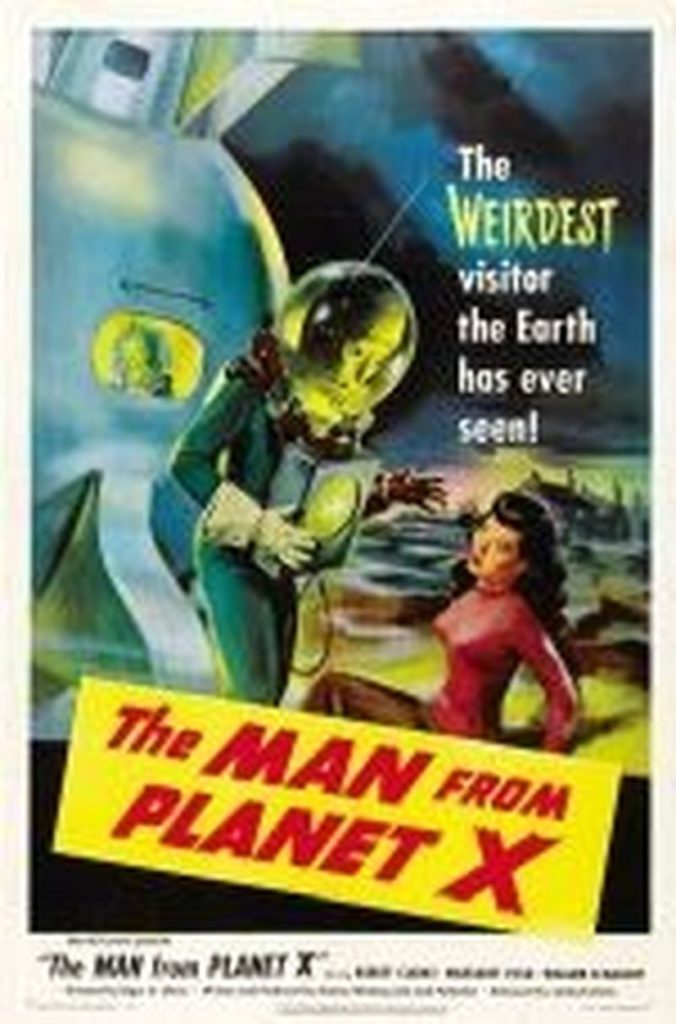
Communication barriers across species become musical language in Edgar Ulmer’s intimate alien encounter, proving imagination trumps budget when creating genuine unease. Scottish moor settings enhanced by Charles Koff’s atmospheric score create liminal spaces where first contact feels more like psychological evaluation than space opera. Electronic experimentation—primitive by today’s standards yet revolutionary for 1951—suggests attempted communication across species barriers.
Koff treats the alien visitor as a question rather than a threat through musical choices that ask whether humanity responds to unknown elements with curiosity or fear. Every musical decision makes the alien’s ambiguous intentions feel like mirrors reflecting our psychological limitations. These otherworldly sound techniques shaped modern alien communication scenes in films ranging from “Arrival” to “Annihilation.”
8. The Body Snatcher (1945)
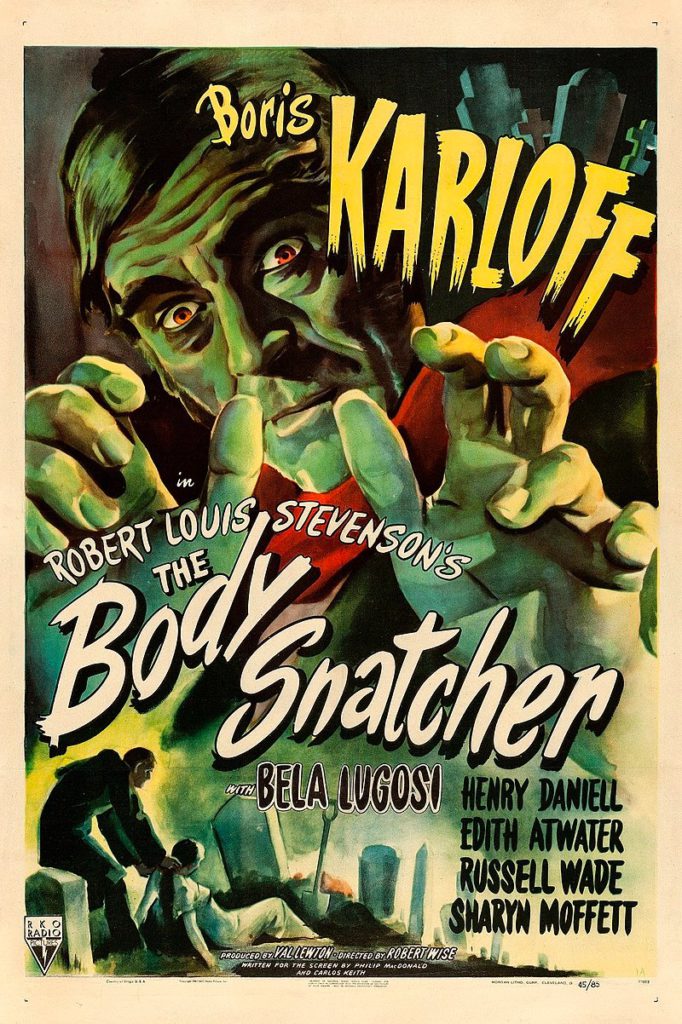
Medical procedures transformed into violations of natural order through Roy Webb’s understated orchestration in this Val Lewton production, exposing the bloody foundations of medical progress. Fog-shrouded Edinburgh creates an atmosphere where moral boundaries blur as easily as shadows, with Boris Karloff’s body procurement methods becoming increasingly questionable.
Horse-drawn carriages traversing cobblestone streets, scalpels scraping bone, bodies being moved in darkness—every sound suggests progress comes at a price society prefers not to acknowledge.
Webb’s approach lets horror emerge from mundane medical realities rather than supernatural threats. Finding terror in everyday professional activities became a template for modern medical thriller soundtracks and body horror films.
7. Attack of the Crab Monsters (1957)
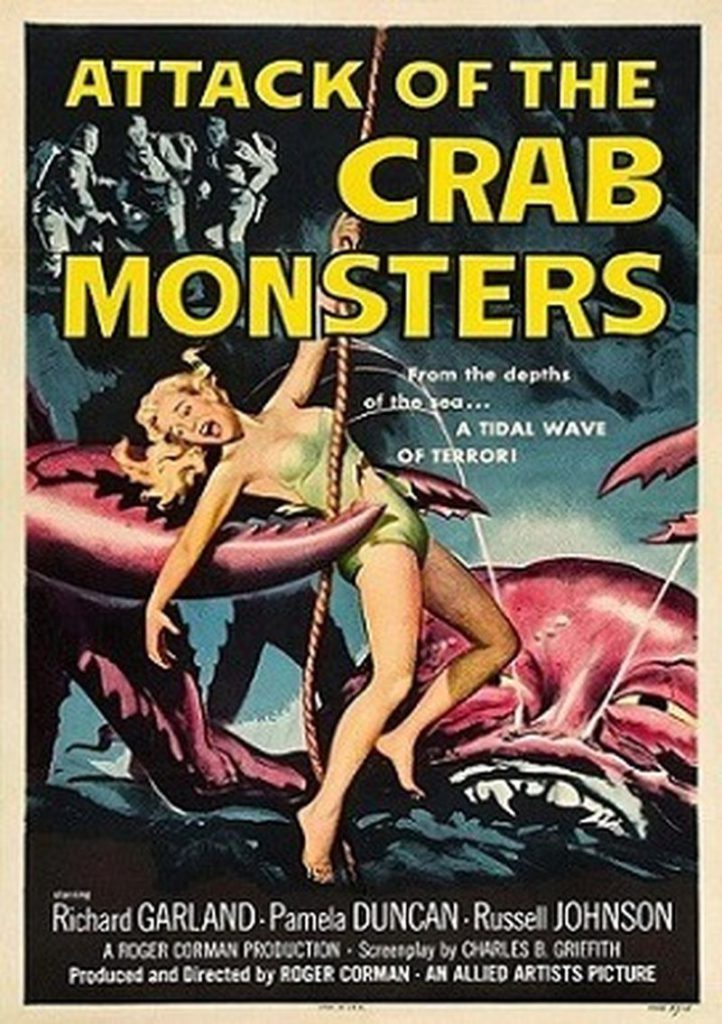
Consciousness absorption requires audio that feels like thoughts being pulled from your skull, a challenge Ronald Stein solved through economical yet effective scoring for Roger Corman’s deceptively philosophical creature feature.
Telepathic crabs on radiation-affected islands create scenarios where death doesn’t end consciousness, yet transforms it into something unrecognizable. Electronic elements suggest communication beyond human language, grounded by traditional orchestration that anchors existential horror in emotional reality.
Stein’s musical choices reinforce central questions about identity persistence when consciousness transfers to other entities. Mental invasion and identity dissolution found their sonic vocabulary here, creating blueprints for psychological horror involving mind control and consciousness manipulation.
6. The Spiral Staircase (1946)
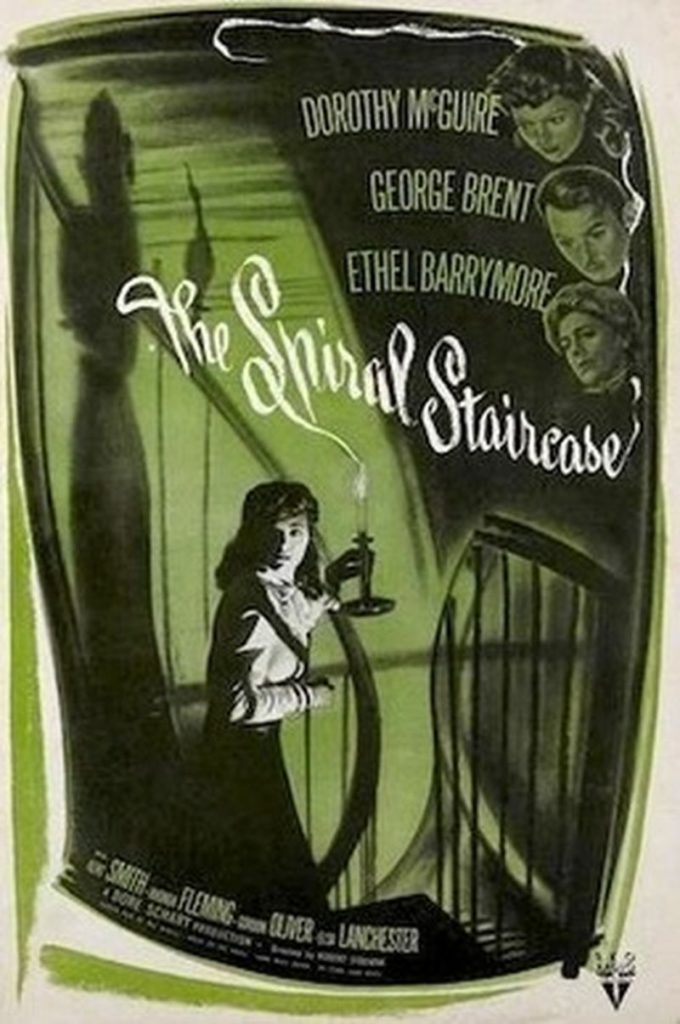
Silence becomes the most terrifying sound imaginable in Robert Siodmak’s visual masterpiece about a mute woman stalked by a serial killer. Dorothy McGuire’s Helen cannot scream, making every creak of wooden floors and whisper of wind through the mansion feel amplified beyond reason. Each footstep, each door closing in the distance, each storm-rattled window becomes a potential threat.
Siodmak‘s sound design operates like anxiety made audible. The film creates that nightmare scenario where you try to call for help, yet nothing emerges—except he stretches that helplessness across ninety minutes of escalating tension. Audio vulnerability became a cornerstone technique directly visible in films like “Don’t Breathe” and “Hush,” proving that what you can’t hear often terrifies more than what you can.
5. The Vampire (1957)
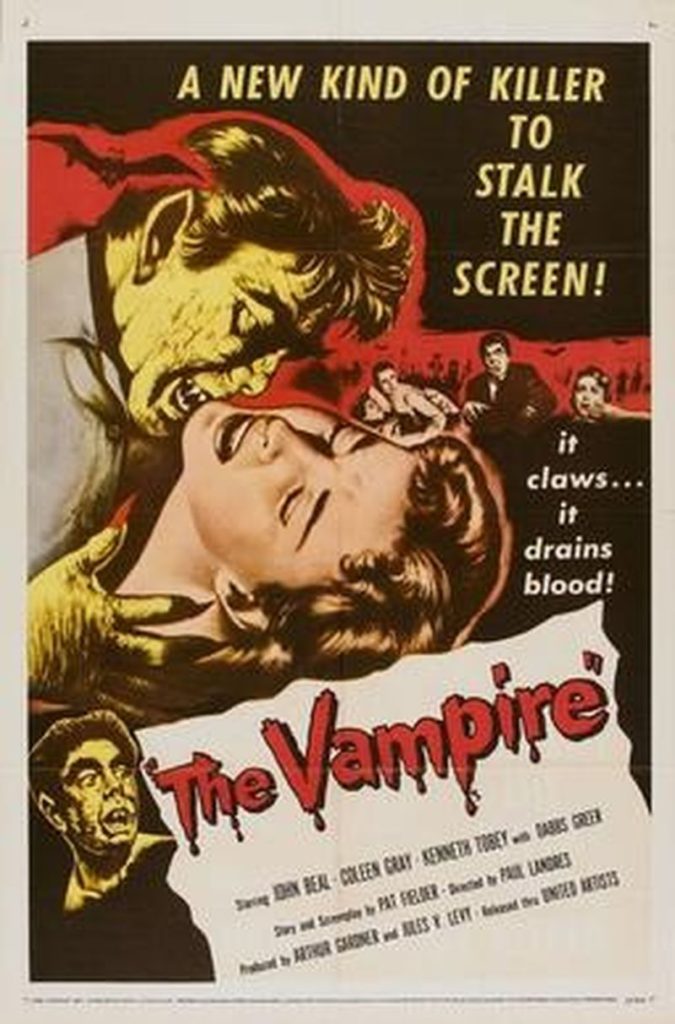
Prescription bottles replace coffin lids as sources of supernatural transformation in Gerald Fried’s score for Paul Landres’s addiction metaphor decades before such parallels became commonplace. Dr. Paul Beecher’s accidental ingestion of experimental pills triggers changes that play out in suburban settings rather than Gothic castles. Domestic monstrosity requires a different musical language than traditional vampire stories.
Fried’s approach uses familiar musical elements that gradually become distorted, like watching someone you trust slowly become unrecognizable. Every musical cue suggests the most terrifying monsters emerge from ordinary circumstances, establishing templates for how contemporary composers score transformation stories rooted in pharmaceutical horror.
4. Night of the Demon (1957)
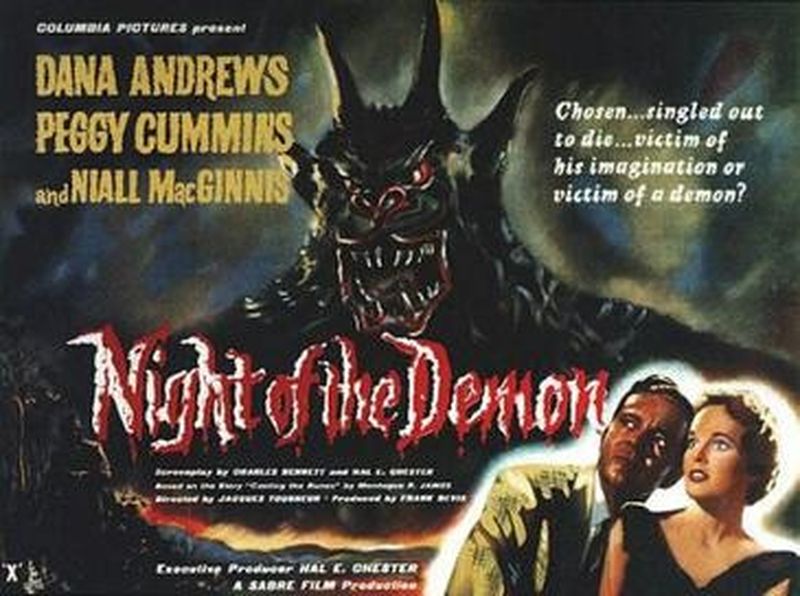
Atmospheric audio becomes character development in Jacques Tourneur’s supernatural thriller starring Dana Andrews as a skeptic whose rational worldview crumbles when confronted with unexplainable evidence. Misty English countryside provides natural sound design that makes rational skepticism feel like whistling past a graveyard. Ancient stone circles and modern rationality clash through Clifton Parker’s experimental score.
Parker blends traditional orchestration with techniques that mirror the protagonist’s deteriorating mental state. The demon’s presence gets telegraphed through subtle audio cues rather than obvious monster sounds, creating supernatural dread that haunts viewers well beyond the theater experience. Environmental sound carrying psychological weight became a defining characteristic of films like “The Witch” and “Midsommar,” where atmospheric tension outweighs traditional scares.
3. Frankenstein’s Daughter (1958)
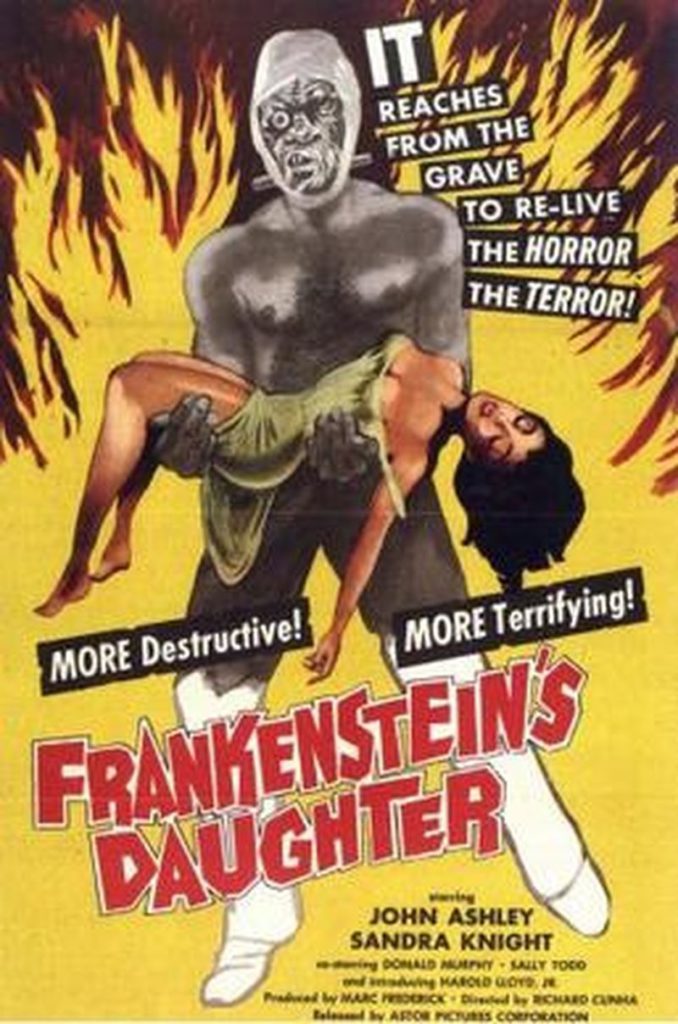
Bodily autonomy violation becomes musical language through Nicholas Carras’s score, emphasizing control over traditional monster movie dramatics. Sandra Knight’s Trudy faces unwilling experimentation from manipulative Dr. Frank, creating scenarios where science becomes dominant rather than progress. Dissonant harmonies feel like consent being eroded note by note, suggesting the most terrifying violations involve agency theft rather than physical harm.
Carras’s work on scientific exploitation established musical templates for scoring scenarios involving medical or technological violation of personal autonomy. Contemporary composers draw from these techniques when approaching stories about pharmaceutical experimentation, technological manipulation, and medical gaslighting. The sonic vocabulary of violated consent developed here defines how modern horror addresses institutional abuse and scientific exploitation.
2. The Bad Seed (1956)
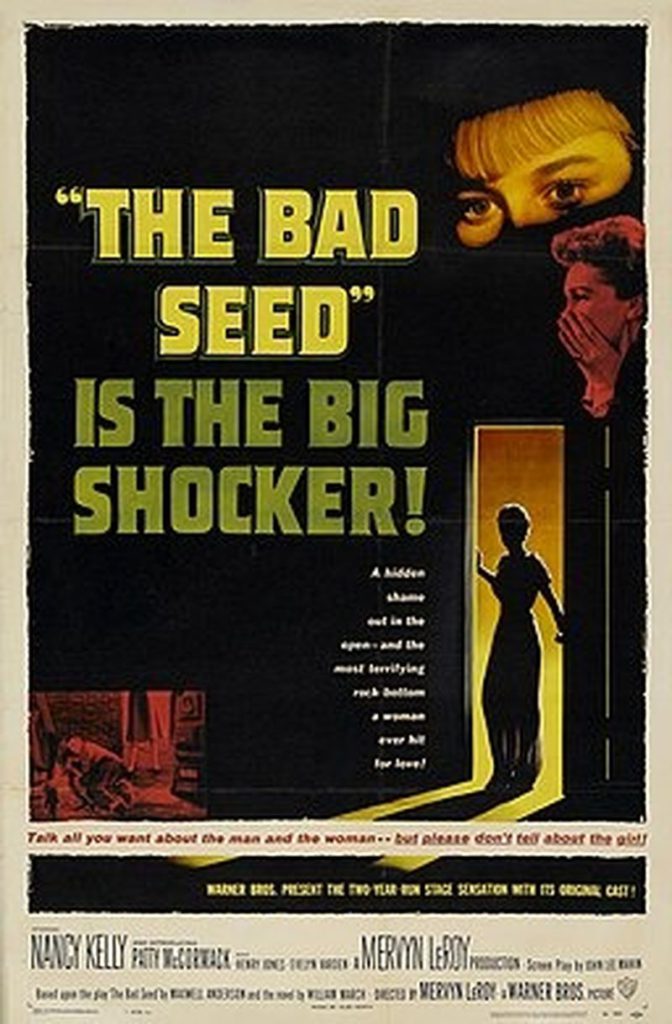
Childhood corruption required musical misdirection that mirrors deceptive innocence, a challenge Alex North solved through compositional genius that influenced generations of horror composers. Patty McCormack’s Rhoda appears angelic yet masks calculating evil, creating impossible scoring challenges for depicting sociopathic children. Nancy Kelly plays her increasingly horrified mother, whose maternal instincts battle growing awareness of her daughter’s true nature.
North’s solution involves innocent-sounding melodies that gradually reveal darker undertones, like discovering poison in a lullaby. Every playground song feels slightly off-key, every mother’s comfort sounds hollow. Childhood evil found its sonic blueprint here, directly shaping composers working on films like “Orphan” and “The Good Son,” where domestic settings harbor supernatural threats.
1. The Uninvited (1944)
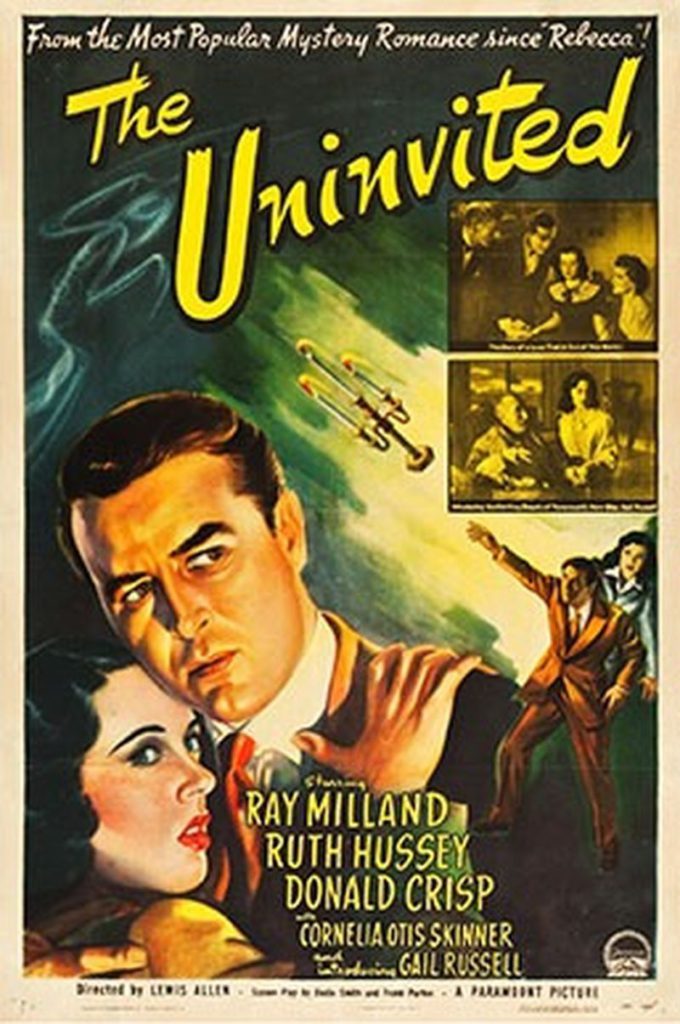
Jazz harmony infiltrated horror cinema through Victor Young’s groundbreaking score, transforming supernatural storytelling from carnival attraction to legitimate psychological drama. Cornwall siblings buying a mansion at suspiciously low prices discover they’ve inherited generational trauma manifested through spectral visitations. Young’s composition weaves through the narrative like spectral whispers, abandoning traditional horror orchestration in favor of subtle dissonance that creeps under your skin.
Musical choices here feel decades ahead of their time. Young creates an atmosphere where a supernatural presence feels inevitable rather than announcing ghostly appearances with dramatic stings. Psychological unease over jump scares became the compositional standard, establishing the template that modern composers like Colin Stetson and Disasterpeace still follow today.




